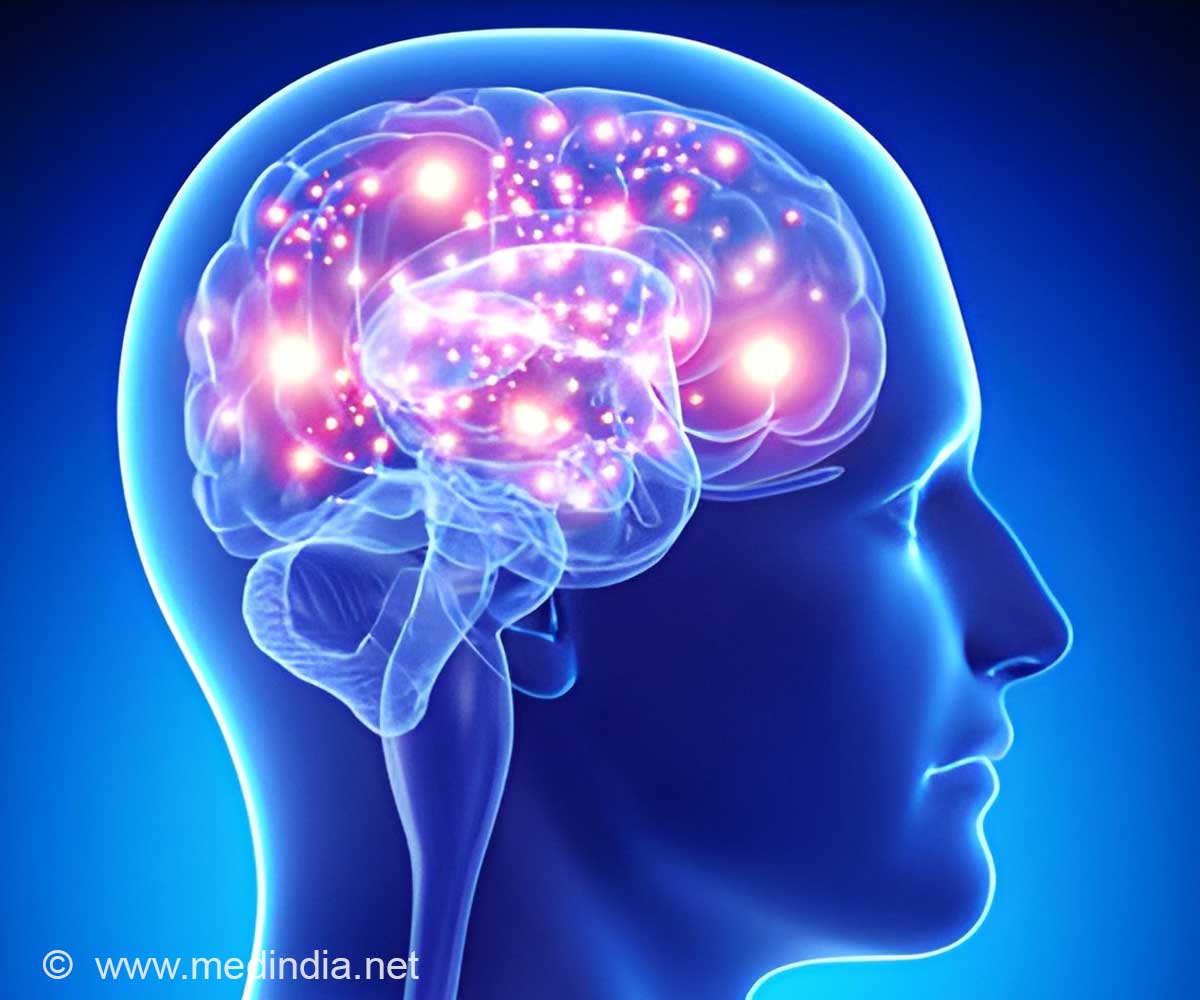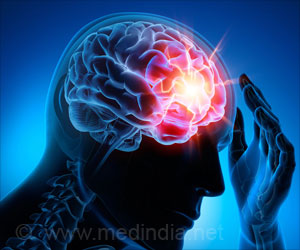An association between the brain's network connections and grey matter atrophy caused by certain types of epilepsy has been discovered.
An association between the brain's network connections and grey matter atrophy caused by certain types of epilepsy has been discovered by researchers.
In neuroscience, brain's connectome is as important as its anatomy when studying human //disease. The connectome is a map of neural connections that describes how brain regions interact and work together to perform certain tasks.
TOP INSIGHT
The new model could predict the damage the epilepsy did to the grey matter of individual patients over time.
The Neuro (Montreal Neurological Institute-Hospital) researchers analyzed data from 1,021 individuals with epilepsy and 1,564 healthy controls over 19 sites around the world from the ENIGMA database. The database is a collection of neuroimaging data available to researchers under Open Science principles. Researchers used the data to map grey matter atrophy, a characteristic of epilepsy, in the patients.
They then collected data from another database called the Human Connectome Project, which provides connectome data from a large group of healthy controls.
Their hypothesis was that grey matter atrophy would appear most often in parts of the brain where connectivity was highest. These regions are known as hubs.
"Hub regions are known to participate in brain signalling, have high plasticity, and high metabolic activity, making them a candidate for epilepsy-related atrophy," says Sara Larivière, the study's lead author and a PhD candidate at The Neuro.
Study found that areas of high atrophy in patients with both idiopathic generalized epilepsy and temporal lobe epilepsy also tended to be hub regions.
"Our multi-site findings show that brain connectivity contributes to the effect that epilepsy has on whole brain structure," says Boris Bernhardt, a researcher at The Neuro and the study's senior author.
"This will be important to understand common functional deficits in individual patients and to assess the effect of the disease over time."
Source-Medindia

 MEDINDIA
MEDINDIA




 Email
Email








